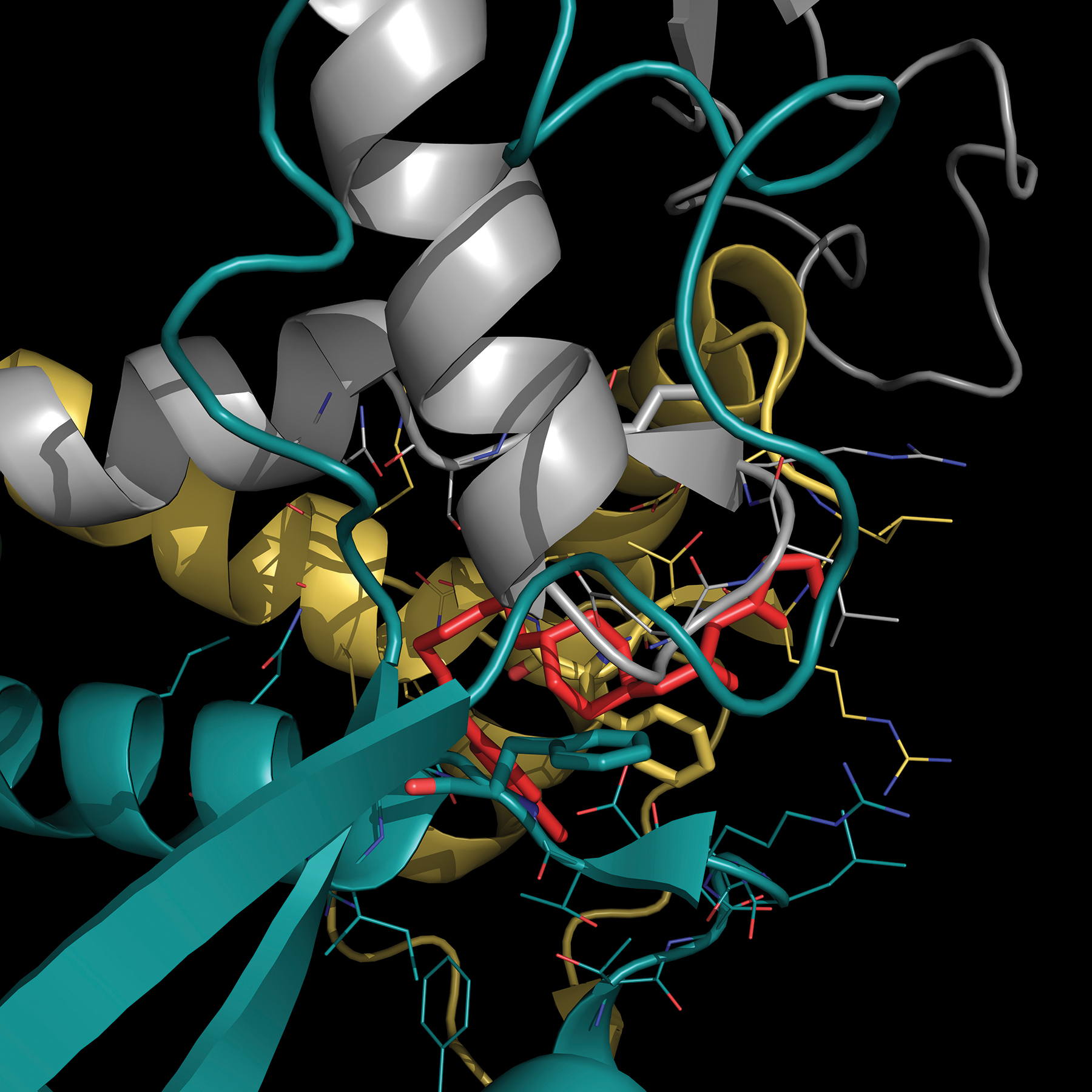Southwest Research Institute
Southwest Research Institute
Southwest Research Institute: A Disneyland for engineers and scientists
 You might be tempted to call Southwest Research Institute—or SwRI, as employees refer to it—the place where science and engineering go to play. You wouldn’t be entirely right, but you wouldn’t be wrong.
You might be tempted to call Southwest Research Institute—or SwRI, as employees refer to it—the place where science and engineering go to play. You wouldn’t be entirely right, but you wouldn’t be wrong.
There’s serious work under way at the San Antonio-based institute, now in its 69th year. But the staff also pursues research that is a mix of the practical and the prescient, aimed at meeting clients’ future needs in engineering and the physical sciences.
SwRI is where some space scientists draw up missions to other planets while others shoot giant granite balls with hypersonic aluminum pellets to simulate asteroid strikes.
SwRI is where flaming diesel escaping from a ruptured fuel tank extinguishes itself automatically, and where fire scientists and filmmakers team up to replicate the Hindenburg disaster using 100-foot scale models.
SwRI is where some driverless cars and trucks navigate city streets safely, while others pick out a safe route through wilderness.
SwRI is where some chemical engineers design new disease-fighting drugs while others assure the purity of fresh vegetables.
SwRI is where full-size submersibles pass their deep-ocean survival tests, and where underwater robots map a freshwater aquifer’s caverns as they float along.
Tour our laboratories and talk to our scientists: Dr. Joe McDonough, on fighting Ebola virus using SwRI’s patented Rhodium™ Therapeutic Drug Development Software (which produced the visualization of the Ebloa GP protein shown here); Dr. Steve Dellenback, on SwRI’s 20-year history in Intelligent Transportation Systems; Dr. Scott Bolton, on the first mission to study Jupiter up-close; and Dr. Alan Morris, on how SwRI’s ground-movement software predicts earthquakes and also helps find oil and gas.
Deep sea to deep space and everything in between — that’s SwRI.
Tim Martin, Ph.D.
Executive Director, Corporate Communications
Southwest Research Institute




